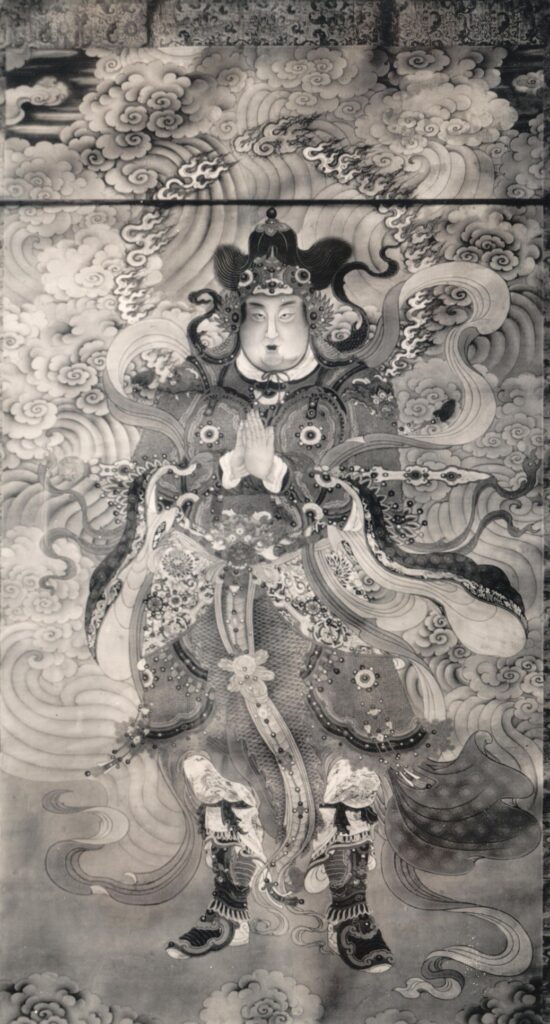While the Italian city of Brescia celebrates its status of Italian Capital of Culture 2023 with a rich and varied array of cultural activities, the local art gallery Baias Arte presents Brescia as Capital of Cultures with an exhibition dedicated to the Indian and Himalayan artworks in the private collection of the Mutti family. From sculptures to furniture, from paintings to everyday utensils, from courtly to popular artistic expressions, the Mutti collection provides an accurate overview of the artistic and cultural traditions of the Indian subcontinent. The objects on display well describe the deep appreciation of Giacomo Mutti (1927-2013) towards Indian material culture and philosophy. In fact, his collecting was driven not only by aesthetic fascination, but also by the eagerness to disseminate the knowledge and promote the study of the culture that produced such alluring and meaningful artefacts. Testament to the importance of this collection is the fact that 506 objects were accepted as a donation by the National Museum of Oriental Art in Rome and that pieces from this corpus are regularly included in exhibitions, such as the exhibition Inde, reflets de mondes sacrés at the Château des Ducs de Bretagne, Musée d’Histoire de Nantes (15 October 2022 – 23 April 2023). The rest of the collection has also appeared in exhibitions on many occasions.

Fig. 1 ‘The sage Shukadeva recites the Bhāgavata Purāṇa’, Indian watercolour on paper, North India, second half of 19th century
